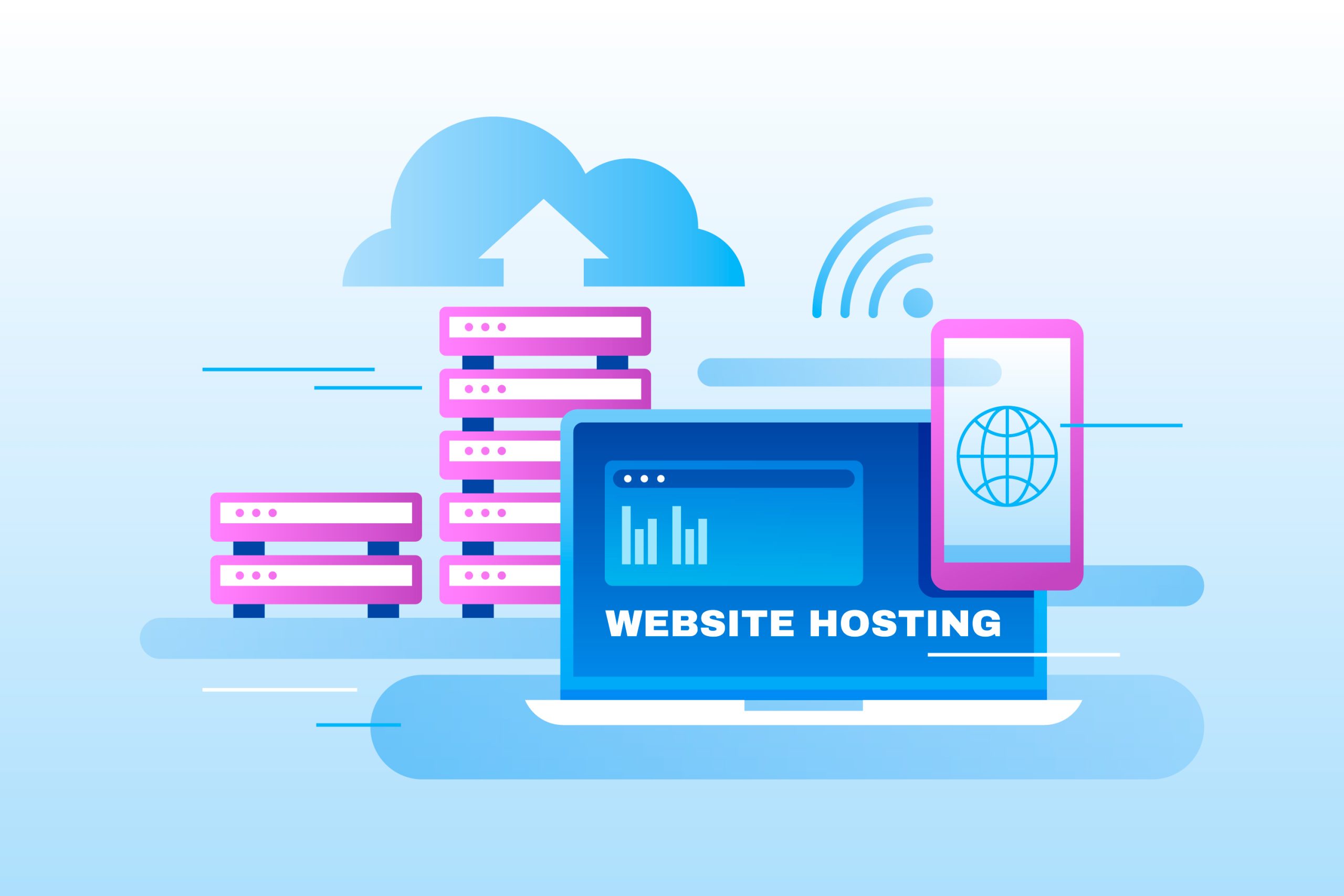Summary
- Serverless computing eliminates the need for infrastructure management.
- The pay-as-you-go pricing model reduces costs.
- Bustle Digital Group (BDG) reduced costs by 84% using AWS Lambda.
- Startups can benefit from serverless computing to scale and innovate.
What is Serverless Computing?
Serverless computing is a cloud-based service that allows developers to build and run applications without managing any underlying infrastructure.
With serverless computing, businesses can focus on writing code and deploying applications.
At the same time, the cloud provider handles server management, scaling, and other operational tasks.
Why should founders consider serverless computing?
Serverless computing offers several benefits for startups and founders, including:
- Cost savings: With a pay-as-you-go pricing model, you only pay for the computing resources you use, reducing costs.
- Scalability: Serverless computing platforms automatically scale your applications based on demand, ensuring that your applications can handle increased traffic without manual intervention.
- Faster time to market: Since serverless computing eliminates the need for infrastructure management, your development team can focus on writing code and deploying applications more quickly.
How did BDG benefit from Serverless Computing?
BDG is a tech-driven media startup that adopted serverless computing to reduce infrastructure costs and improve scalability.
By leveraging AWS Lambda, a serverless computing platform provided by Amazon Web Services, Bustle managed to:
- Reduce their operational costs by 84%
- Improve their application performance
- Handle increased traffic during peak times without any issues
According to the AWS case study, BDG was able to reallocate the resources they saved to focus on innovation and growth.
How can other startups follow BDG’s example?
Startups looking to leverage the benefits of serverless computing can take the following steps:
- Evaluate your current infrastructure and identify potential areas for cost reduction and improved performance.
- Research serverless computing platforms like AWS Lambda, Google Cloud Functions, or Microsoft Azure Functions to find the best fit for your needs.
- Work with your development team to refactor existing applications or build new ones using serverless computing.
- Monitor and optimize your serverless applications to ensure optimal performance and cost savings.
By adopting serverless computing, startups can focus on innovation and growth while reducing costs and improving scalability.
BDG’s success shows that serverless computing is a powerful tool for founders looking to streamline their business operations and scale their startups effectively.
- Analyzing Patterns in Failed Products - July 25, 2024
- Hybrid Cryptographic Systems - July 24, 2024
- Inadequate Threat Intelligence Integration - July 23, 2024
